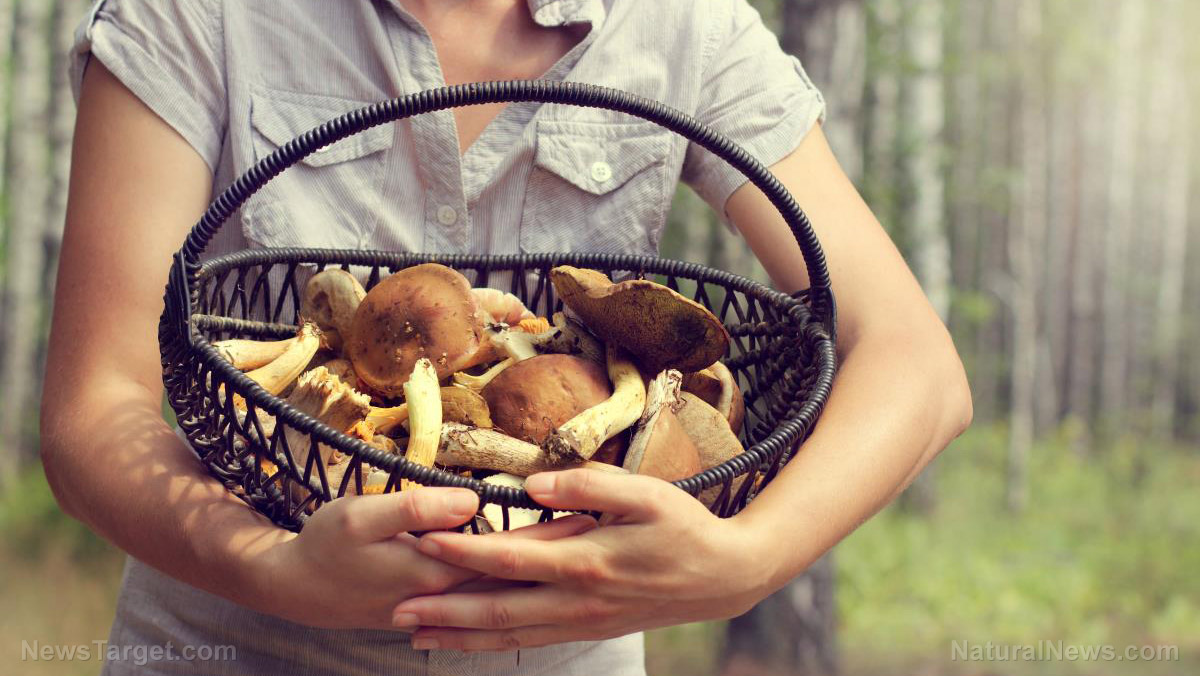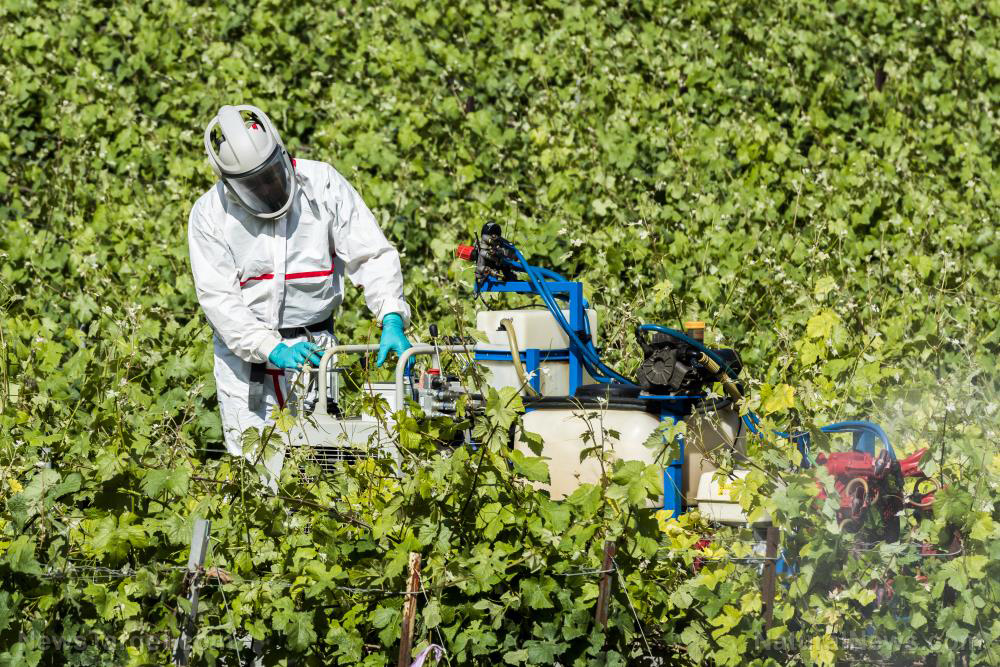
Advertisement
A diet full of fresh produce is beneficial for overall health. However, not everyone knows that certain parts of some common fruits and vegetables may be toxic when consumed.
If you plan to augment your food supply with foraged edibles, learn how to differentiate between plants and berries that are safe to eat and common poisonous plants in your garden and in the wild. (h/t to PreppersWill.com)
Edible plants with poisonous parts
Here is a list edible plants with poisonous parts you need to avoid, especially when SHTF and you don’t have access to emergency medical services.
- The blade, or wide, flat portion of a rhubarb leaf, contains toxic oxalic acid. The rhubarb stalks, or petioles, that look like celery stalks, are completely edible.
- Eating the seeds and leaves of apples, apricots, cherries, peaches and plums in large quantities may cause symptoms like dizziness, coma or even death. The seeds of these fruits are bitter because of a protective element called amygdalin, which plants use to discourage animals from eating them. Amygdalin turns into cyanide when it comes into contact with stomach acids.
- Be wary of unripe berries, leaves and wood from elderberry shrubs. These poisonous parts can cause diarrhea and vomiting. Ripe elderberries are edible and are used in pies, preserves and wine. Elderberry flowers are edible and can also be used to make an antiseptic. (Related: Here’s a handy guide to safely foraging for wild edibles.)
Toxic compounds in common poisonous plants
Toxic compounds found in a lot of common poisonous plants can be divided into four basic modes of action:
- Heart rate depressants or stimulants
- Irritants that affect your skin, digestive tract or nervous system
- Poisons affecting your brain that can result in mental disturbances, like narcotic reactions
- Poisons affecting your spinal cord can cause paralysis or convulsions
Plant poisons belong to the following chemical categories, which have their own mode of action and antidotes.
Acids
A lot of organic acids have toxic effects. For example, oxalic acid can cause kidney failure. Tannic acid, the toxic component of acorns, also has the same negative effects.
Alkaloids
Alkaloids are very common and they include familiar compounds like caffeine, codeine and nicotine. Alkaloids affect your nervous system and they can produce either acute or chronic reactions.
Alkaloid-bearing plants include locoweed, night-shade, poison hemlock and tobacco.
Glycosides
Glycosides are non-toxic crystalline compounds. When enzymes in your body break down glycosides, they yield toxic compounds.
Cyanogenetic glycosides are the most common type and they break down to release hydrocyanic acid, a cyanide-bearing poison that causes cellular asphyxiation, or the inadequate transport of oxygen in body tissue.
Resins, oils and acrid juices
These are complex materials that can irritate the skin or your nervous system. Most kinds of resins, oils and acrid juices appear as a white, milky sap.
Milkweed stems and leaves contain a toxic milky resin. Additionally, the milky juice of euphorbias (spurges), like poinsettias, are toxic.
Water hemlock contains cicutoxin, a resinoid that is considered the most deadly plant toxin in America.
Interacting with common poisonous plants
When foraging in the wild or in your own backyard, here are some tips on avoiding poisonous plants:
- Don’t eat unfamiliar plants or parts of a plant unless you’re sure that it’s edible. Brush up on proper plant identification techniques and only consult trusted plant identification books.
- Avoid wild plants that look like cultivated ones. One such example is poison hemlock or “poison parsley” and water hemlock or “poison parsnip.”
- Do not eat wild mushrooms. Knowledge of the structure and classification of mushrooms is essential, especially since sophisticated spore-identification techniques are used to distinguish between toxic and edible mushrooms.
- Keep an eye out for nature’s warning signs. Milky sap is a common indicator of poisonous resins and juices, with certain exceptions like lettuce, which produces a harmless milky sap as it ages. A lot of poisonous fruits are brightly colored, like baneberry and rosary pea.
If you are poisoned, seek medical aid immediately and bring a sample of the plant that may have caused it. Make sure to take the entire plant — the roots, stems, leaves, flowers and fruit — not just the part you have eaten. A trained botanist or poison control specialist can use plant parts for proper identification and selection of an antidote.
If you don’t have access to medical aid, try to identify the plant and use a reliable medical manual for treatment and antidotes. Base the treatment on the general type of poison.
Brush up on edible plants in your area and forage with caution so you don’t accidentally harvest poisonous plants. Learn more about safe foraging at HomeGardeningNews.com.
Sources include:
Advertisement
Advertisements
















